The Caribbean islands are fascinating and mysterious land formations that attract people from all over the world for their beauty and exploration opportunities. We know the Caribbean islands didn’t pop out of nowhere, so where did they come from? As an avid traveler of the Caribbean region, I’ve often wondered the same thing, so I set out on an amazing investigative journey to find out how the Caribbean islands were formed, and I’d like to share my findings with you.
The largest group of the Caribbean Islands were formed by volcanoes erupting from the ocean floor, while many other islands broke off the North American continent millions of years ago. Several of the smaller islands result from coral buildup peeking through the ocean’s surface.
The Caribbean Islands cover an area of 90,000 square miles and consist of three main island groups, including The Bahamas, The Greater Antilles, and The Lesser Antilles.
Most islands in each island group were formed in the same way, while smaller islands within the group may have been formed differently or by more than one island formation process.
How Exactly Were The Caribbean Islands Formed?
Scientists have established a classification system based on the way the island was formed. Within this system, there are five types, including:
- Continental Islands
- Tectonic Islands
- Volcanic Islands
- Coral Islands
- Barrier Islands
The Caribbean Islands are either a Continental, Tectonic, Volcanic, or Coral formation type. Let’s explore each island formation type in more detail.
How Continental Islands were formed
Continental islands were once connected to a continent and were separated from the continent. Separation took millions of years and occurred in one of 2 ways
- The sea level rose around the portion of the mainland that eventually became the island (i.e. due to melting glaciers)
- The portion of land that linked the mainland and the would-be island was eroded by rivers, lakes, and ocean waves
The islands in the Greater Antilles island group are an example of continental islands. This includes:
- Cayman Islands
- Cuba
- Hispaniola (where the nations of the Dominican Republic & Haiti reside)
- Jamaica
- Puerto Rico
These Caribbean Islands were thought to have been originally part of North America and separated over millions of years through erosion by rivers, lakes, and ocean waves.
The Bahamas is another example of a continental island.
Although not part of the Caribbean Island chain, Great Britain and Ireland are also continental islands formed by breaking off from Europe over 10,000 years ago.
How volcanic islands were formed
Volcanic Islands – sometimes referred to as “oceanic”- are formed when an oceanic volcano erupts and then builds up lava and ash. In most cases, this happens after the volcano erupts many, many times.
Most of the Lesser Antilles were formed this way, including the following Caribbean islands
- Anguilla
- Antigua and Barbuda
- Aruba
- Bonaire
- Curacao
- Dominica
- Grenada
- Guadeloupe
- Martinique
- Montserrat
- Saba
- St. Barthelemy
- St. Eustatius
- St. Kitts & Nevis
- St. Lucia
- St. Maarten
- St. Martin
- St. Vincent & The Grenadines
- The US Virgin Islands
- The British Virgin Islands.
Although not part of the Caribbean Island chain, Hawaii and Japan were also formed by underwater volcanoes
How tectonic Islands were formed
Tectonically formed islands are created as a result of material build-up from the earth’s plates scraping against one another. When the plates bump into one another, one pushes on top, and soil, rocks, and other materials get scraped and piled up to the point where they form a landmass. It takes millions of years for enough buildup to form an island.
Barbados is one of the Lesser Antilles island groups thought to have formed tectonically as well as via coral build-up, which we’ll discuss next.
How coral islands were formed
Coral islands are low, flat islands comprised mostly of coral reefs. Coral reefs are limestone formations composed of tiny sea organisms and the remains they leave behind when they die. Coral growth thrives in warm, shallow water.
Sometimes, the coral grows around the top of a volcanic island as the sea level rises around it, and other times as an island sinks. Eventually, after the coral builds up enough and after many volcanic eruptions push the coral buildup upward, exceeding the sea level, an island is created.
Caribbean islands that are formed primarily via the coral process include the Florida Keys and Barbados. (Barbados is an island formed by more than one island formation process as mentioned earlier).
how Barrier Islands were formed
None of the Caribbean Islands were thought to have formed this way, but it may interest you to know these types of islands are comprised of sediment (sand, silt, and gravel).
Rivers and streams bring the sediment to the seashore, and ocean waves, along with winds, begin to carve ridges and edges alongside the shoreline, resulting in barrier islands.
The Outerbanks in North Carolina and Padre Island in Texas are examples of barrier islands.
The table below details the Caribbean Islands and the formation type they fall into.
| Island | Island Formation Typ |
| Anguilla | Volcanic |
| Antigua and Barbuda | Volcanic |
| Aruba | Volcanic |
| Barbados | Tectonically |
| Bonaire | Volcanic |
| Cayman Islands | Continental |
| Cuba | Continental |
| Curacao | Volcanic |
| Dominica | Volcanic |
| Florida Keys | Coral |
| Grenada | Volcanic |
| Guadeloupe | Volcanic |
| Hispaniola | Continental |
| Hispaniola | Continental |
| Jamaica | Continental |
| Martinique | Volcanic |
| Montserrat | Volcanic |
| Puerto Rico | Continental |
| Saba | Volcanic |
| St. Barthelemy | Volcanic |
| St. Eustatius | Volcanic |
| St. Kitts & Nevis | Volcanic |
| St. Lucia | Volcanic |
| St. Maarten | Volcanic |
| St. Martin | Volcanic |
| St. Vincent & The Grenadines | Volcanic |
| The Bahamas | Continental |
| Trinidad and Tobago | Continental |
| Turks and Caicos Islands | Continental |
| Virgin Islands, British | Volcanic |
| Virgin Islands, United States | Volcanic |
Caribbean islands formed by volcanoes and volcanic Eruptions
Considering the largest islands in the Caribbean were formed from volcanoes, you may be wondering if they’re active and if any have erupted.
The Caribbean Islands with potentially active volcanoes include:
- Saba
- St. Eustatius
- St. Kitts
- Nevis
- Montserrat
- Guadeloupe
- Dominica
- Martinique
- St. Lucia
- St. Vincent
- Grenadines
- Grenada
The last volcano to erupt in the Caribbean was the Soufriere Hills volcano of Montserrat, which erupted in 1995.
According to the University of the West Indies, below are the Caribbean Islands Volcano Eruptions in the last 300 years.
| Volcano / Island | Year |
| Soufriere (St. Vincent) | 1718 |
| Soufriere (St. Vincent) | 1812 |
| Soufriere (St. Vincent) | 1902 |
| Mt Pelé (Martinique) | 1902 |
| Soufriere (Guadeloupe) | 1976 – 77 |
| Soufriere (St. Vincent) | 1979 |
| Soufriere Hills (Montserrat) | 1995 |
It isn’t possible to know when every volcano on Earth will erupt next, if ever. Each volcano is like a person with a unique personality of its own.
However, according to the University of West Indies, it’s unlikely a volcano in the Eastern Caribbean would erupt without warning. Long before a volcano erupts, it would give clues such as small earthquakes, changes in gas chemistry, or swelling of the mountain.
If you’re concerned about the possibility of volcanic activity while traveling to a volcanic island in the Caribbean, check out the News section of the University of West Indies’ website.
Ever wondered why the Caribbean Sea is so blue? I did, too! I dove into the science and wrote Why The Caribbean Water is so Blue. << a must-read!
Origins of Animal and Plant Life on The Caribbean Islands
Continental and tectonic islands were once part of a larger mass of land, so it seems logical that animals and plants are similar to mainland life. However, many species on the island were able to flourish or avoid extinction due to less prey.
For example, today, the Cuban Crocodile exists only in Cuba.
Coral and volcanic islands formed from beneath the sea, so there were no pre-existing animals or plants. Plants were primarily carried to the island by birds as they dropped their seed-containing waste from the sky (you know, poop).
Some animals evolved uniquely on the islands due to millions of years of adaptation.
For example, one of the world’s largest frogs, called the “Mountain Chicken,” is only found in the Caribbean Islands of Montserrat and Dominica. Sidenote: Today, Mountain Chickens are on the endangered species list. Hunting and volcanic activity on the islands have dramatically decreased the population.
- 3 in 1 Wireless Charger: The 3 in 1 Wireless Charging Station for Apple Devices is a great option to organize your home, office, or meeting room. It lets you say goodbye to tangled cords and messy cables, keeping your space neat and organized, making it a convenient charging solution for your busy lifestyle.(Quick charger Included)
- Fast Wireless Charging Station: This wireless charging station is specifically designed to be compatible for iPhone Airpods Apple Watch; With an 18 W quick charger, you can fully charge your device in just 2-3 hours. 3 in one charger for Apple Watch/iWatch/Airpods/iPhone 16 15 14,13,13Pro,13Pro Max,12,12 Pro,12Pro Max,12 Mini
- Wireless Cell Phone Charger with Strong Magnetic Snap: For Apple wireless charging station features high-quality magnets that ensure effortless alignment of your smartphone’s wireless charging coil, resulting in a fast and stable charging experience
- Travel Essentials: Portable and Foldable Travel Charger: This foldable travel charger stand is a great addition to your travel gear, lightweight and portable, easy to pack in a bag or suitcase, providing a stable charging experience during your travels or business trips; It also doubles as a phone stand, allowing you to adjust it horizontally or vertically for easy movie-watching or FaceTime calls
- Exclusively Design for Wirelss iPhone Charger 18 W: This charging pad has a higher height design to prevent damage to your camera and ensures stable charging without any interruptions caused by gaps between the phone and charger; You can trust the safety and reliability of this wireless charger; It makes for a great present choice for both men and women
As an Amazon Associate, we earn from qualifying purchases.
Related Questions
Which Caribbean island has the highest peak?
Duarte Peak in the Dominican Republic on Hispaniola Island rises to 10,417 feet above sea level.
When were the Caribbean Islands discovered?
The first inhabitants of the Caribbean Islands were Amerindians (not to be confused with American Indians). However, Italian explorer Christopher Columbus was the first European to visit the islands in 1492, staking claim to the Spanish monarchy in which he was commissioned.
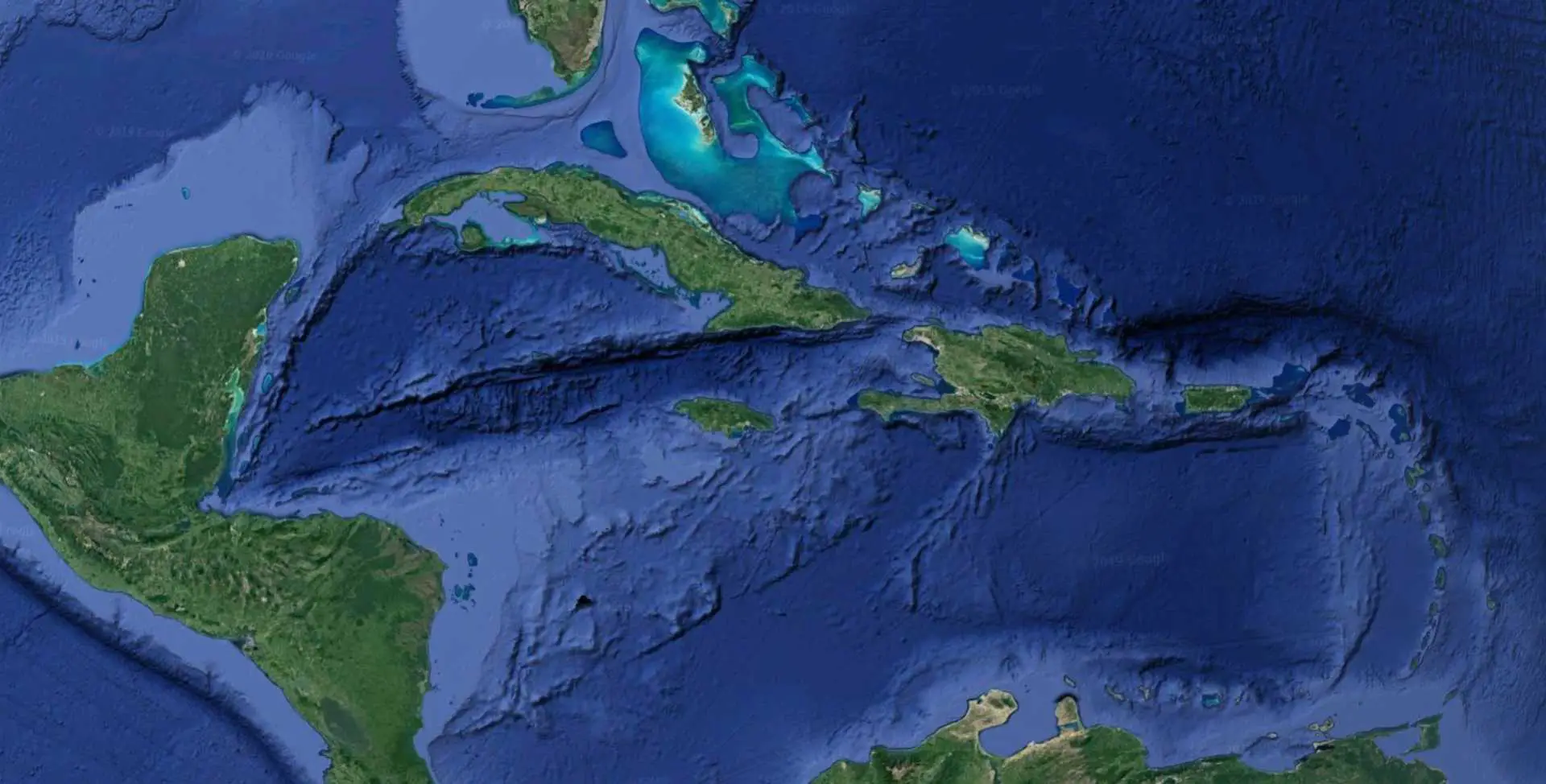


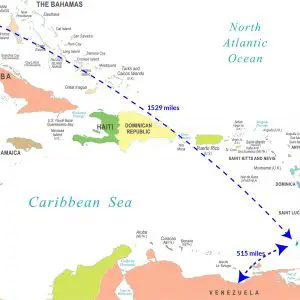
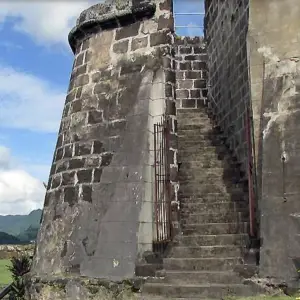
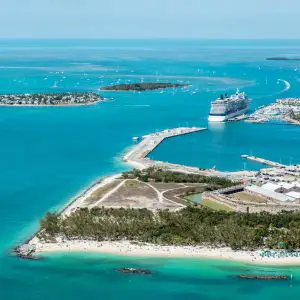
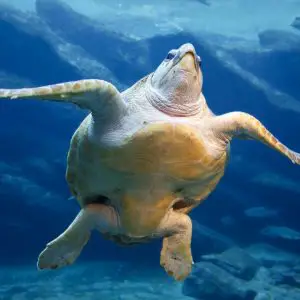
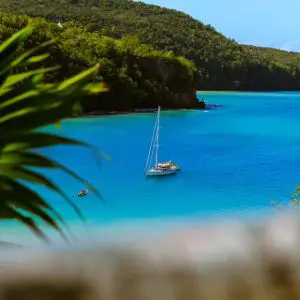

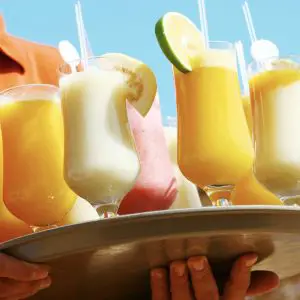
I am very interested in the timeline of Cubas formation as an island. How long has it been since Cuba has been isolated from the North American mainland? Is there a reference out there that would enlighten me on this issue?
Hey Roger! That’s a fascinating question – I wish I knew the answer. I’ve searched for more detail myself and did not have any luck. Check your library ?
Good Day!!
Do you believe that the tectonic plate northern of Puerto Rico, it is pushing the island south; and if so, Could this affects the highest mountain peaks measurements?
There’s have been a lot of small earthquakes around the Hispanola, Puerto Rico and Virgin Islands. Between 2.7/3.9 2020-2021
Thank you for the information!
Merry Xmas
Interesting … I’ll have to look into it. Thank you.